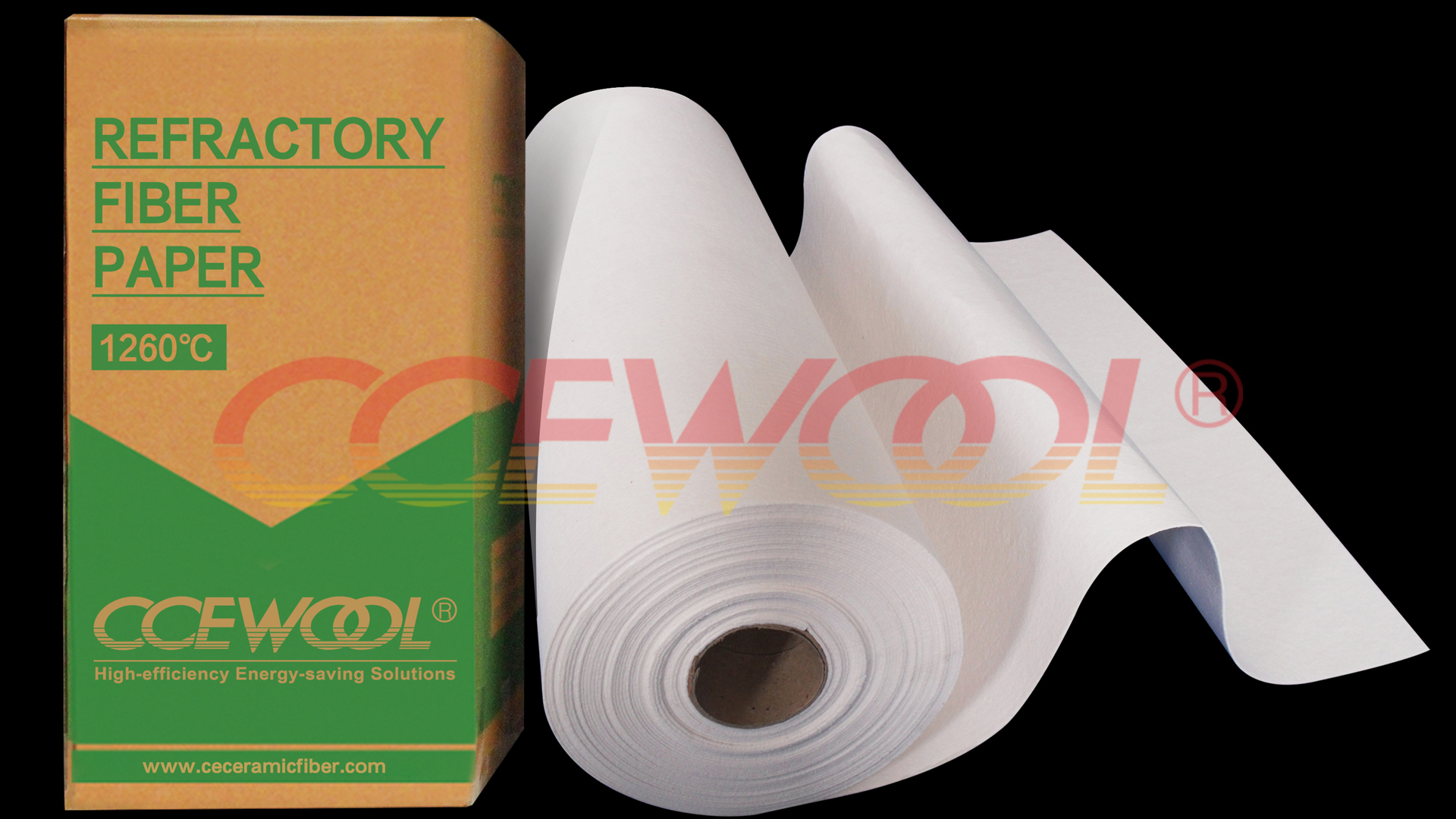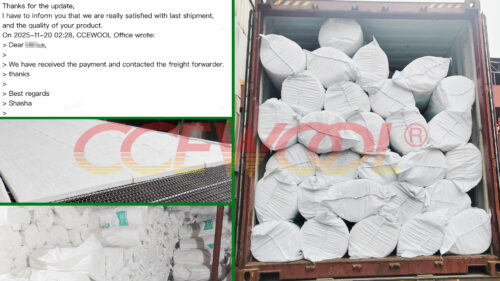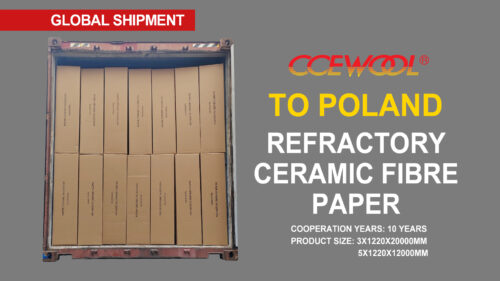What is ceramic insulation paper used for?
- 29 Apr, 2025
- Industry

In the high-temperature industrial sector, more and more companies are turning to flexible, lightweight, and eco-friendly insulation materials to replace traditional refractory bricks and rigid boards. Among them, ceramic insulation paper stands out as an ideal insulation solution for next-generation high-temperature equipment due to its outstanding heat resistance, excellent flexibility, and ease of processing.
What is ceramic insulation paper?
Ceramic insulation paper is a flexible refractory material made from high-purity ceramic fibers through a wet-forming process. Its main components are alumina (Al₂O₃) and silica (SiO₂), which provide excellent thermal resistance and chemical stability. Its paper-like structure allows for controlled thickness, low weight, and easy cutting, making it widely applicable in industrial insulation, sealing, and protective uses.
Main Applications of CCEWOOL® Ceramic Insulation Paper:
High-temperature gaskets & sealing materials
Ideal for kiln door seals, high-temp pipe flange gaskets, and burner interface pads. It can be precisely die-cut to ensure tight sealing and a perfect fit.
Electrical insulation layers
Used in high-temperature electrical or heating equipment as an insulating layer. Ceramic insulation paper provides excellent electrical insulation, ensuring safe equipment operation.
Backing insulation layers
Applied behind ceramic fiber boards, bricks, or modules to enhance the overall insulation system and slow down heat transmission.
Fire barriers & flue protection
As a fire-resistant material, ceramic insulation paper can effectively block flames and high-temperature airflow. It’s commonly used in chimney linings and heat treatment furnaces.
Aerospace & precision equipment insulation
For applications requiring lightweight thermal protection (e.g., aircraft cabin walls or precision instruments), this product shows unique advantages.
Why Choose CCEWOOL® Ceramic Insulation Paper?
CCEWOOL® ceramic insulation paper is manufactured using a nine-stage slag removal process, ensuring a slag ball content below 15%. This enhances the paper’s flexibility and reduces thermal conductivity. With a fully automated production line, dimensional tolerance is controlled within ±0.5mm. Custom die-cutting is also supported to meet various complex shape requirements.



